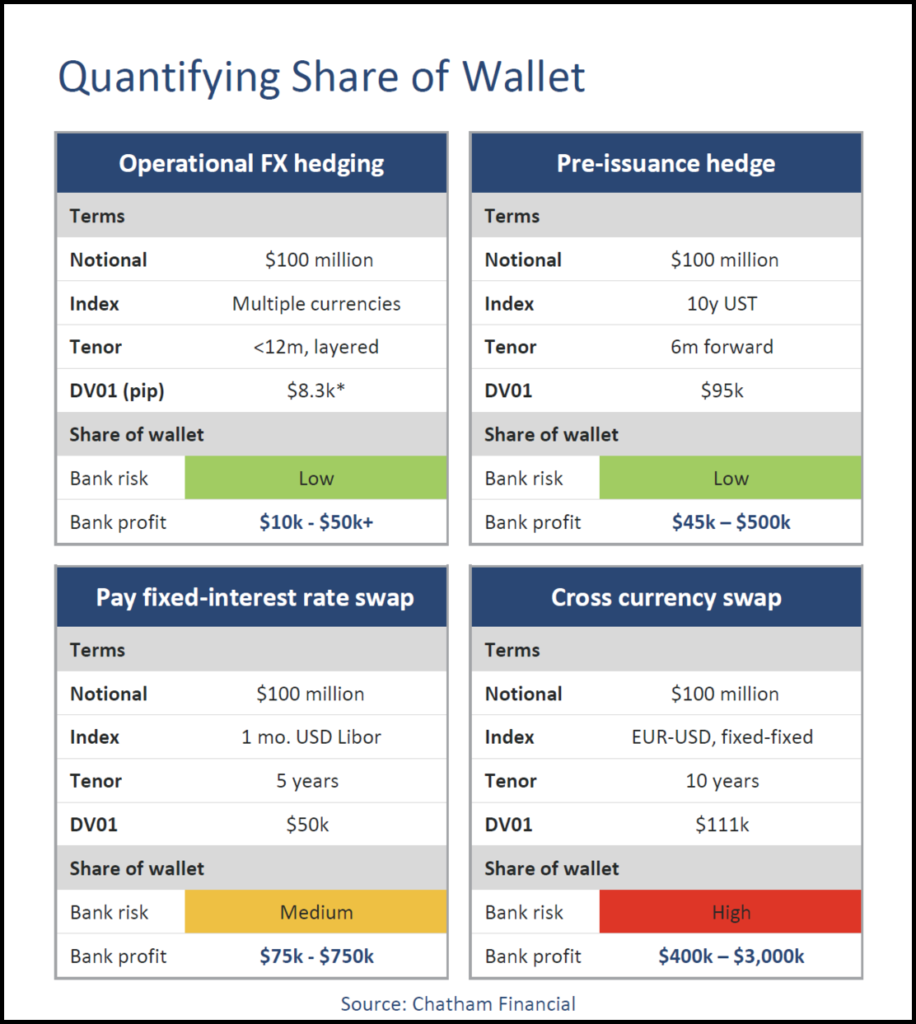Digital payment processor Square describes the details and nuances of its $220 million bitcoin investment.
Square, the digital payments company, has generated headlines by investing significant sums in bitcoin—along with crypto heavyweights like MicroStrategy and Tesla (which on Wednesday said it will stop accepting bitcoin for purchases but isn’t selling its stockpile). Allison Rossi, Square’s global treasury lead, recently described details of the company’s $220 million investment—about 5% of its cash— to members of NeuGroup Cash Investment 1.
Digital payment processor Square describes the details and nuances of its $220 million bitcoin investment.
Square, the digital payments company, has generated headlines by investing significant sums in bitcoin—along with crypto heavyweights like MicroStrategy and Tesla (which on Wednesday said it will stop accepting bitcoin for purchases but isn’t selling its stockpile). Allison Rossi, Square’s global treasury lead, recently described details of the company’s $220 million investment—about 5% of its cash— to members of NeuGroup for Cash Investment 1.
- Square allows users of its Cash App to buy and sell bitcoin. Its bitcoin revenue—the total sale of bitcoin to customers— rose 11-fold to $3.5 billion in the first quarter.
- Square’s platform does not currently allow merchants to accept bitcoin as payment, in contrast to PayPal—which, interestingly, has not yet invested in bitcoin.
Reasons for bitcoin: know the goal. Square’s decision to buy bitcoin came in the context of investigating a “broader universe” of alternative investments in the wake of Covid and economic stimulus— including equities, gold and TIPS, Ms. Rossi said.
- Diversifying with bitcoin may offer a hedge against inflation, given most of the company’s balance sheet is denominated in US dollars, she added. Other reasons:
- Bitcoin is aligned with the company’s mission of “economic empowerment,” holding the potential to democratize global access to financial tools in places that are underbanked.
- Square CEO Jack Dorsey, who also runs Twitter, is “a Bitcoin evangelist,” Ms. Rossi noted.
- The investment is a way for the company to learn more about the cryptocurrency, she said. Her education included Coinbase publications and videos from MicroStrategy.
A business decision. Square framed the purchase of bitcoin as a business decision in support of its payment platform and Cash App, rather than an investment or liquidity allocation issue. “We don’t consider it as part of our investment policy,” Ms. Rossi said.
- Square does not have a specific target for its bitcoin investments. Its initial purchase of $50 million was followed by one of $170 million. “We want to remain flexible,” Ms. Rossi said.
- The downside: these one-off purchases each require separate conversations with senior leadership and the board, one reason Square may ultimately set a target or develop a decision framework that requires fewer discussions, she said.
- If the target amount is a percentage of cash, a company will likely want to carve that out in its investment policy and will need the necessary approvals, she added.
Buying the bitcoin. To make its bitcoin purchases and maintain some privacy, Square used OTC desks at several liquidity providers, including Genesis, Coinbase and Kraken.
- Corporates also need to pick custodians. Ms. Rossi says Fidelity is a popular choice because of the firm’s name and reputation; BitGo is another. Liquidity providers also offer custodial services.
- Counterparty risk analysis is a good idea, as is a review of the custodians’ so-called cold storage systems, which are not connected to the internet.
- Consider insurance. Ms. Rossi said custodians typically cover about $250 million worth of bitcoin in total. Dedicated coverage is also available; there are separate policies for cold storage and so-called hot wallets that are connected to the internet and pose a greater risk.
Accounting: not ideal. In setting thresholds or target amounts to buy, corporates need to take accounting into consideration. They want to avoid the need to constantly buy and sell when they’re basing a target on book value and then the market value rises to, say, 10 times that amount, Ms. Rossi said.
- Impairment is an issue, as Square explained in its first quarter 10-Q filing: “Bitcoin is accounted for as an indefinite lived intangible asset, and thus, is subject to impairment losses if the fair value of bitcoin decreases below the carrying value during the assessed period.”
- Square, using manual calculations currently, marks down its investment to the lowest price since the time of its purchases. But corporates don’t see any investment gain unless they sell. “So you’re not marking it to market; you’re just marking it down,” she said.
- To learn more, she recommended resources including publications by Deloitte.
Get buy-in early and communicate. Bring in outside auditors as soon as you can, Ms. Rossi advised. Early stakeholder decisions should also include tax, legal, compliance, SEC reporting and IT/CISO teams. “As early as you can loop in all the different teams is what I’d recommend,” she said.
- Communication is key, both internal an external. Square chose to make external announcements for each of its purchases, in contrast to some other companies that only disclosed them in filings.
- Internally, “employees are going to be really interested as to why you are doing this,” Ms. Rossi said. “It’s really important to get the messaging right. You’re going to get a lot of questions about it. Be ready for debate.”
Opportunities, risks. In the future, Square may consider making its bitcoin holdings available for lending, the equivalent of securities lending, to pick up additional income.
- In response to a question about global regulators’ mixed views of private cryptocurrency, Ms. Rossi said regulatory risk is something the company discusses, including the implications of countries that may ban bitcoin.
- Bitcoin’s future looks bright. But as Square notes in its 10-Q, “The regulation of cryptocurrency and crypto platforms is still an evolving area.”




























